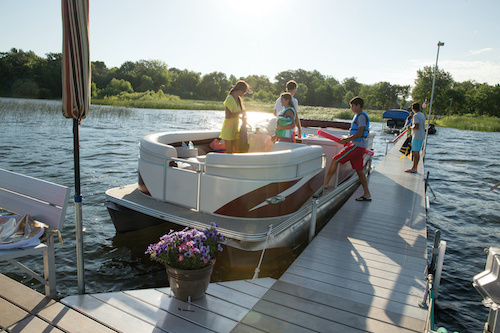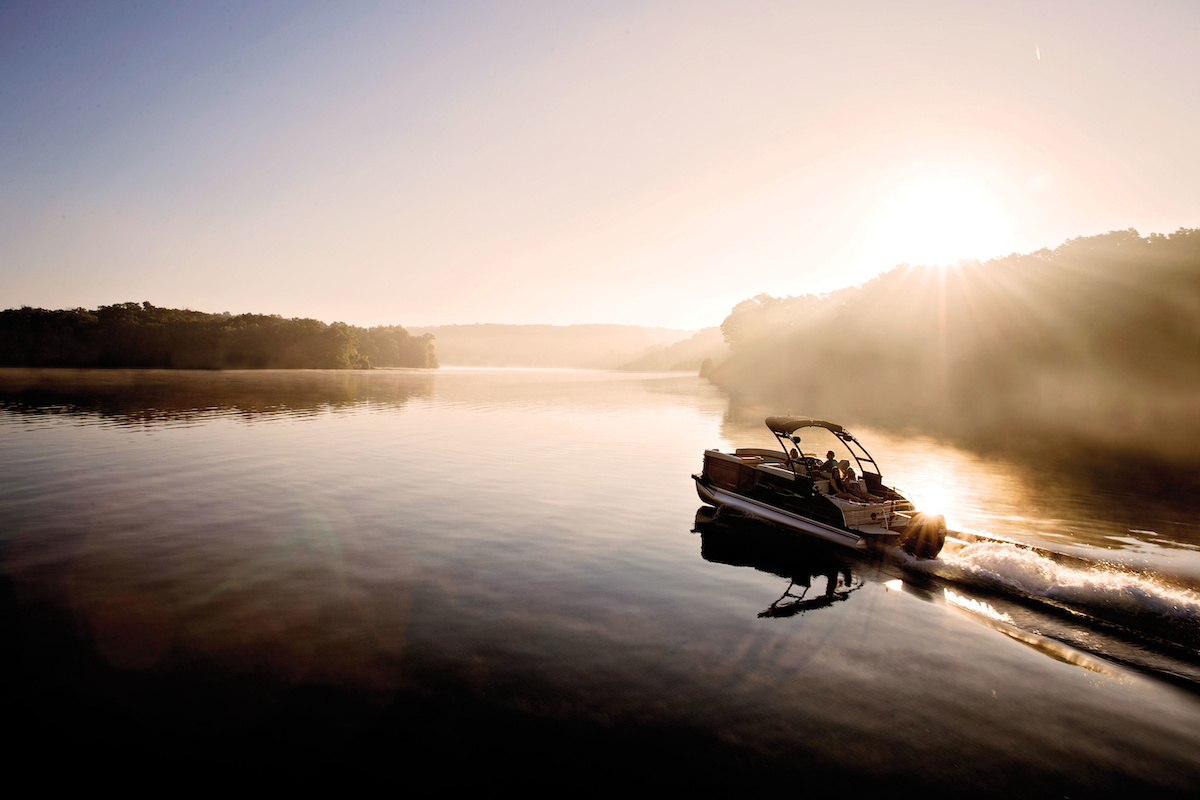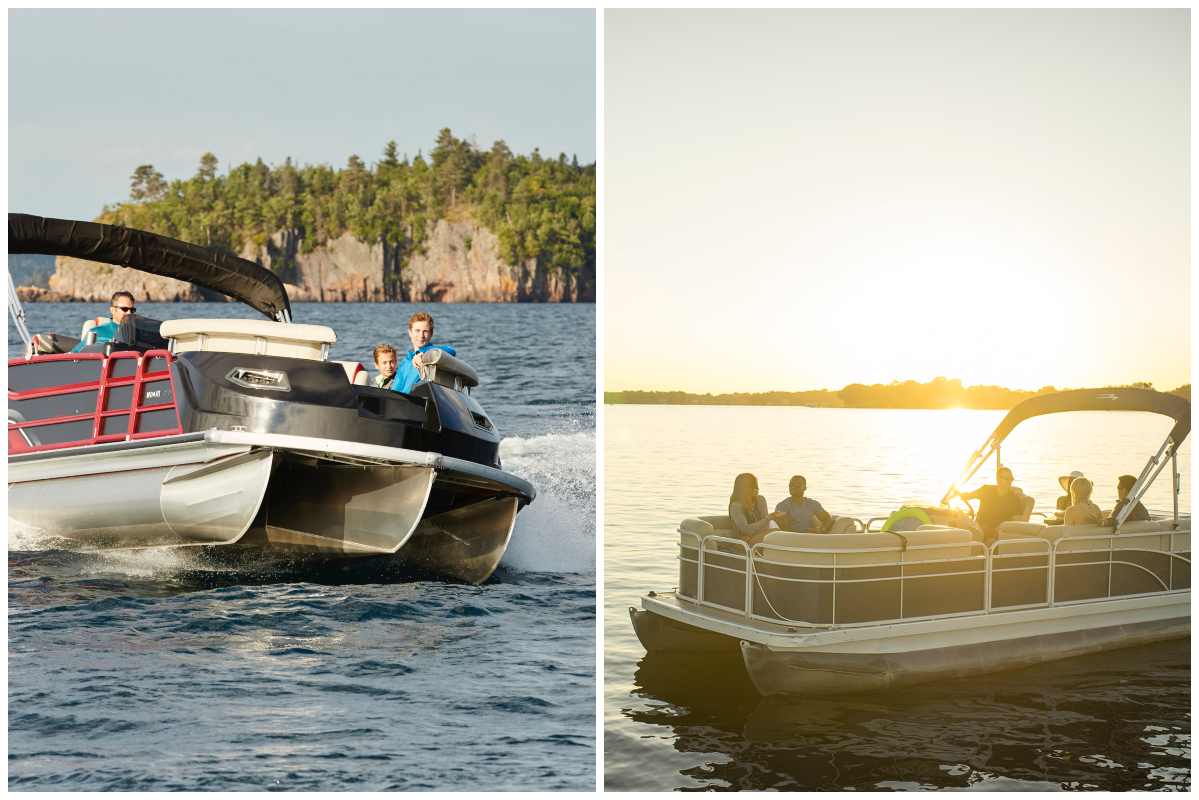Pontoon boats are incredibly popular all across the nation, as are deck boats. In fact, these two boat types share many of the same features and advantages, and if you’re in the market for a new boat it can be incredibly hard to choose between the two. So, which will be best for you and your family? Will you pick a pontoon boat, or do you think a deck boat would be delightful? Truth be told, in many regards you can’t go wrong either way—both types of boats are loads of fun. But as you try to determine which would be ideal for you and yours, be sure to consider:
• Pontoon Boat Versus Deck Boat Versatility and Customization
• Performance and Seakeeping Abilities of Pontoons Versus Monohulls
• The Cost of New Pontoon Boats versus Deck Boats
Pontoon Boat Versus Deck Boat Versatility and Customization
One of the great things about pontoon boats is that they’re available in virtually countless different deck layouts, shapes, and sizes. In many cases you can pick and choose between where you want a lounger, versus a sofa, versus a pair of fishing chairs. You can also choose to add activity-specific features, like a tow pylon for watersports or integrated cooler compartments for day cruising. So, you can make a pontoon boat just as versatile — or specialized — as you’d like.
Deck boats, on the other hand, are generally fiberglass boats with rigid hulls and decks. As a result, many of the features are molded in and the floorplans usually aren’t as customizable. This may seem to put deck boats at a bit of a disadvantage, but there’s also an up-side. With the fiberglass construction the builder can mold in things like steering consoles, ski lockers, and seat bases. That can give the boat a very clean look and a solid feel.
Performance and Seakeeping Abilities of Pontoons Versus Monohulls
There was a time when deck boats would have been the hands-down winner in this category. Generally speaking, a single fiberglass hull can accept more horsepower and ride through the waves better than a pair of aluminum “logs” can. These days, however, triple-log pontoon boats, often called “tri-toons” are quite common. And having that third log makes a huge difference in a pontoon boat’s performance and sea keeping abilities. Today, it’s not unusual to see tri-toons with huge outboards or even twin outboard engines, which go fast enough to whip the hat right off of your head. And they do quite well in choppy waters, as compared to the pontoons of yesteryear.
That said, all other factors (like size and weight) being equal, most people would still say that the monohull deck boats have a bit of an advantage when it comes to handling rough seas. Most also benefit from having less windage, so they may be easier to dock or load on a trailer in a stiff breeze.
The Cost of New Pontoon Boats versus Deck Boats
No matter what your boating budget may be, cost is a consideration most people will take into account when comparing pontoons and deck boats. In smaller, less expensive size ranges, pontoons usually win out in this regard. There are plenty of relatively small pontoons with low-power outboards, which are very inexpensive. There are some small and inexpensive deck boats, too, but there are far fewer are on the market and foot for foot, the pontoons generally cost less.
When it comes to larger model boats, however, this advantage usually evaporates. Many of today’s pontoon boats are exceptionally well equipped with luxury features, accessories, and powerful engines, and they can get every bit as expensive as a comparable deck boat—sometimes even more so.
The Bottom Line on Pontoon Boats Versus Deckboats
So, what’s the bottom line? That will depend on how you prioritize the above factors, personally. In some cases the pontoon boat will prove to be the better pick, while in others a deck boat will be the right move. And this is a call that only you can make. We do know one thing for sure, though: choosing either will be a major lifestyle upgrade—make your final call and then get ready for endless fun out on the water.


